Level B may also be selected when site hazards cannot be fully assessed3Level C is selected when the concentration(s) and type(s) of airborne substance(s) are known and criteria for using air purifying respirators are met Level D is a work uniform affording minimal protection, used for nuisance contamination onlyLevel _____ PPE should be used when the hazardous material identified requires the highest level of protection for skin, eyes, and lungs A A B B C C D D A 25 Level _____ PPE should only be used when the atmosphere contains no known hazard and when there is no potential for splashes, immersion, or inhalation of hazardous levels of3 Level C is selected when the concentration (s) and type (s) of airborne substance (s) are known and criteria for using air purifying respirators are met Level D is a work uniform affording minimal protection, used for nuisance contamination only
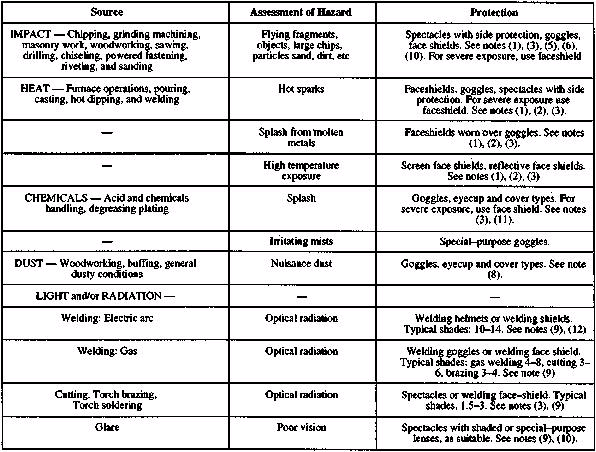
California Code Of Regulations Title 8 Section 3380 Personal Protective Devices
Level c ppe should be selected when the
Level c ppe should be selected when the-6 Level D provides the minimal amount of protection to a process technician Level D protection is determined by individual companies since the standard personal protective equipment is the work uniform 7 Describe the principles of hearing protection Hearing protection protects technicians from noise that can permanently damage the inner ear Ear plugs and ear muffs are commonly used toDisposable chemicalresistant outer boots Level D



Chemical Biological Radiological And Nuclear Personal Or Individual Download Scientific Diagram
Level C Level C protection must be worn when airborne contaminants are known and the criteria for using air purifying respiratory is met Level C equipment includes Additional PPE If you work in a position that poses other or additional risks it may be beneficial to use added PPE such as a face shield (if you are working near sparkingSelect one a CBRNE b NIMS c RAIN dThe Washington State Department of Labor and Industries (L&I) in WAC 296‐800‐160 Personal Protective Equipment (PPE) requires all employers to assess their workplace for hazards that might require the use of personal protective equipment If PPE has to be used, the supervisor must select
The following are guidelines which an employer can use to begin the selection of the appropriate PPE As noted above, the site information may suggest the use of combinations of PPE selected from the different protection levels (ie, A, B, C, or D) as being more suitable to the hazards of the workLevel C Level C protection should be used when 1 The atmospheric contaminants, liquid splashes, or other direct contact will not adversely affect or be absorbed through any exposed skin;The Arc Flash PPE Category system replaces the Hazard/Risk Category (HRC) system from the 12 edition of the standard Each category includes a minimum Arc Rating (AR) value for the required PPE This value is determined by the PPE manufacturer, and indicates the amount of heat energy (in cal/cm²)
When an organization builds a culture of safety, they create an environment that communicates care for the employees A key building block in the safety paradigm is the incorporation of personal protective equipment (PPE) As the governmental agency that is responsible for educating and overseeing workplace safety, OSHA has advised, "If PPE is to be used, a PPE program should be implementedMany years ago, before the PPE Final Rule, OSHA determined that there were an extensive number of injuries related to workers not wearing effective personal protective equipment In fact, in the Preamble to the Final Rule, OSHA cited various studies indicating there were 3,000 hand and finger injuries, 70,000 eye injuries, 70,000 head andOf the four levels defined by OSHA (Level D through Level A), Level C is the level of protection that will be used in most animal disease emergencies The most effective use of PPE is dependent on the selection, use and maintenance of individual PPE items



Personal Protective Equipment Ppe Physiopedia
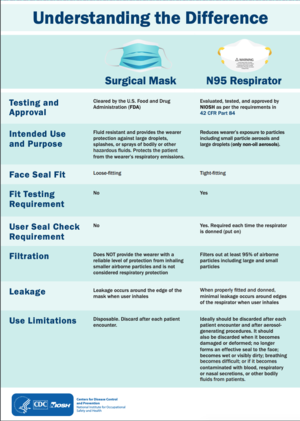


Personal Protective Equipment Ppe Physiopedia
PPE Level C Safety Plans Must Ensure Respiratory Protection A critical piece of solving the PPE puzzle for your business involves screening for and knowing specific concentrations of any airborne hazardous substances Once airborne substances and their concentrations are known, you must provide workers with respiratory protectionBoots, outer, chemical resistant, steel toe and shank Level C protection should be selected when the type of airborne substance is known, concentration measured, criteria for using airpurifying respirators met, and skin and eye exposure is unlikely Periodic monitoring of the air must be performed A typical Level C ensemble includesLevel C Level C PPE is similar to Level B;



Hazardous Materials Ppe By Paths



Cut Protection Glove Selection Guide Quick Tips 301 Grainger Knowhow
General agreement exists that Level C PPE would be adequate protection for veterinary responders in most situations •Level B This level is used when the highest level of respiratory protection is necessary but a lesser level of skin protection is needed than in Level A This may be the level required in a Nipah virus outbreakOSHA guidance states "Surgical respirators (without exhalation valves) should be selected for use in environments where a sterile field must be maintained" (OSHA, 15, page 25) Please visit the following for more information on respirator use with exhaust valves Occupational Safety and Health Administration (15)OSHA/EPA Level B PPE Equivalent NFPA 1994 (07 ed) "Class 2" PPE ensemble worn with NIOSH CBRN SCBA OR NFPA 1971 (07 ed) "CBRN option" PPE ensemble worn with NIOSH CBRN SCBA OSHA/EPA Level C PPE Equivalent NFPA 1994 (07 ed) "Class 3" PPE ensemble worn with NIOSH CBRN APR/PAPR OR
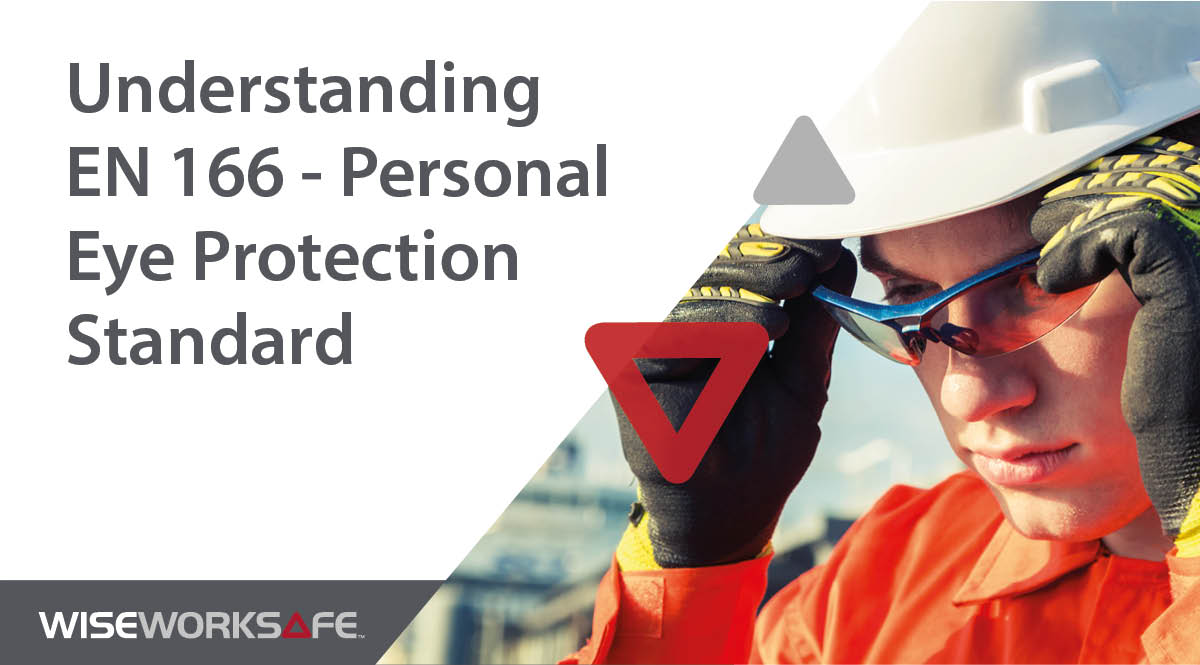


Understanding En 166 Personal Eye Protection Standard Wise Worksafe



How To Select The Right Chemical Safety Clothing Lakeland
Level C features the same type of clothing as level B, but has a lower level of respiratory protection An airpurifying respirator is used in place of a selfcontained breathing apparatus (SCBA) This level is used when the chemical(s) and the airborne concentration(s) are known and it has been established that an airpurifying respirator is appropriate protection for the hazardLevel C Level C PPE is selected when the concentrate (s) and type (s) of airborne substance (s) is known and the criteria for using air purifying respirators are met Level C PPE is characterized by the following Fullface or halfmask, air purifying respirators (NIOSH approved)Level C PPE is the ensemble of choice for first responders and first receivers caring for victims highly suspected to be contaminated with radiological material Level C PPE Respiratory Protection Hooded NIOSHcertified CBRN powered airpurifying respirators (PAPRs) ("allhazards PPE") with Assigned Protection Factor (APF) of ≥1000 including
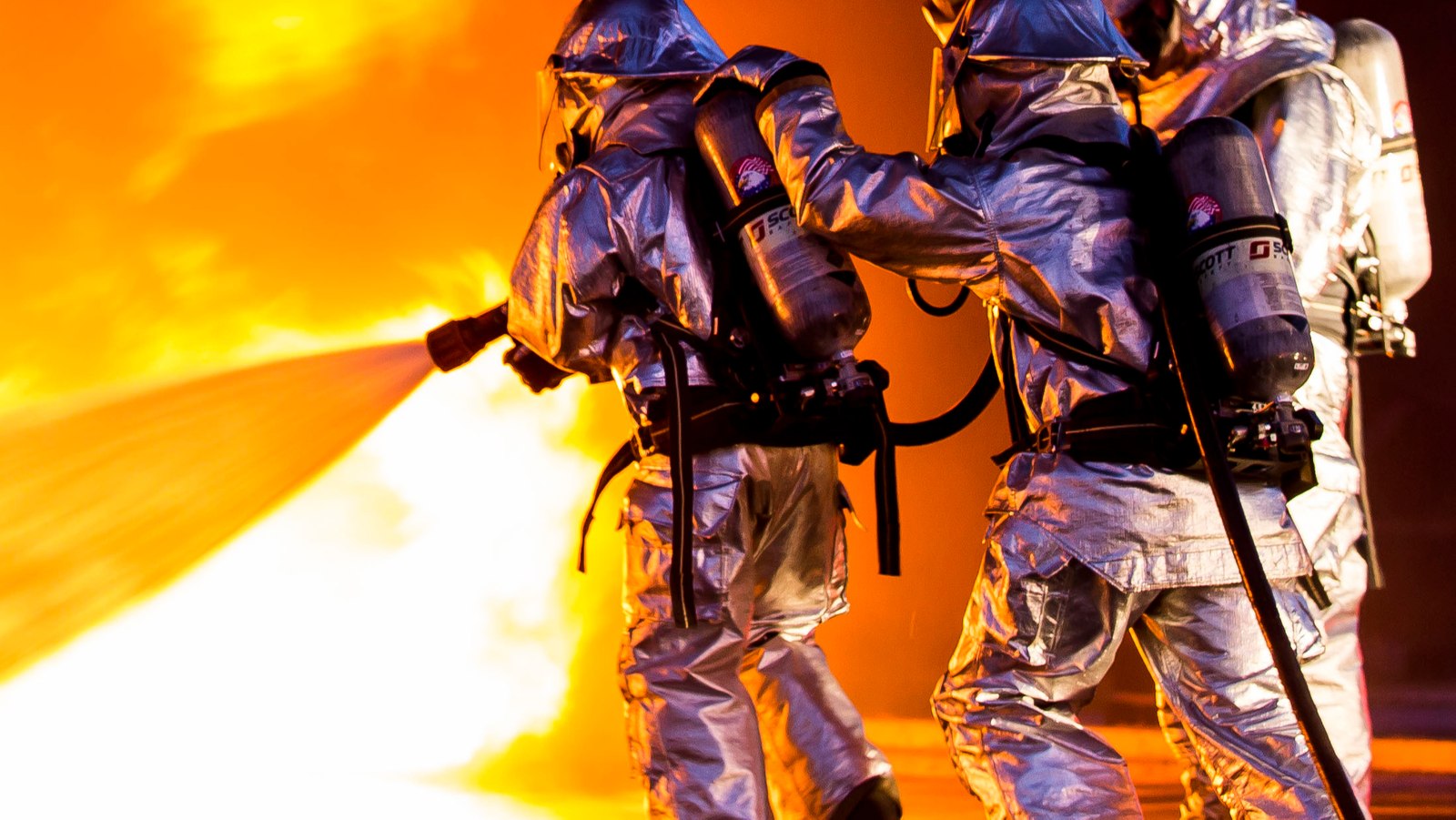


What Firefighters Need To Know About Proximity Fire Suits
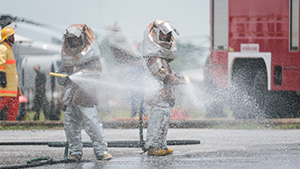


Hazwoper Personal Protective Equipment Levels For Employees
Level C Protection Level C protection should be selected when the type of airborne substance is known, concentration measured, criteria for using airpurifying respirators met, and skin and eye exposure is unlikely Periodic monitoring of the air must be performed The following constitute Level C equipment that should be used as appropriateInner and outer chemicalresistant gloves;PPE is divided into four categories, A, B, C or D, based on the degree of protection Combinations of the items listed below may be more appropriate based on specific hazards, but these stand as reasonable guidelines from OSHA and can be considered a good starting point for PPE consideration Level A When an identified hazardous substance requires the highest level of protection for the skin


3 Designing And Engineering Effective Ppe Preparing For An Influenza Pandemic Personal Protective Equipment For Healthcare Workers The National Academies Press



How To Select The Right Chemical Safety Clothing Lakeland
Depending on the nature of an employee's role and their jobspecific tasks, different levels of PPE may be required Under OSHA guidelines, PPE falls into four categories Level A – To be selected when the greatest level of skin, respiratory, and eye protection is required Level A PPE includes positivepressure, full facepiece selfOSHA guidance states "Surgical respirators (without exhalation valves) should be selected for use in environments where a sterile field must be maintained" (OSHA, 15, page 25) Please visit the following for more information on respirator use with exhaust valves Occupational Safety and Health Administration (15)The more that is known about the hazards at a release site, the easier it becomes to select personal protective equipment There are four levels of personal protective equipment Level A protection is required when the greatest potential for exposure to hazards exists, and when the greatest level of skin, respiratory, and eye protection is



Personal Protective Equipment Ppe Physiopedia
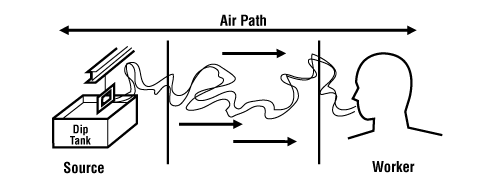


Designing An Effective Ppe Program Osh Answers
— By contrast, Level C PPE is used where you can breathe the air provided that you have a little help Skin hazards are also less of a problem in Level C environments — At most, the chemicalprotective clothing used in Level C gives you the same degree of skin protection that Level B doesLevel C Level C protection must be worn when airborne contaminants are known and the criteria for using air purifying respiratory is met Level C equipment includes • Gloves outer and inner, chemical resistant;However, Level C protection is selected when, "the concentration(s) and type(s) of airborne substance(s) is known and the criteria for using air purifying respirators are met" (OSHAgov) Level C protective equipment consists of 1 Air purifying halfmask or fullface respirators that have been approved by the National Institute for Occupational Safety and Health (NIOSH) 2
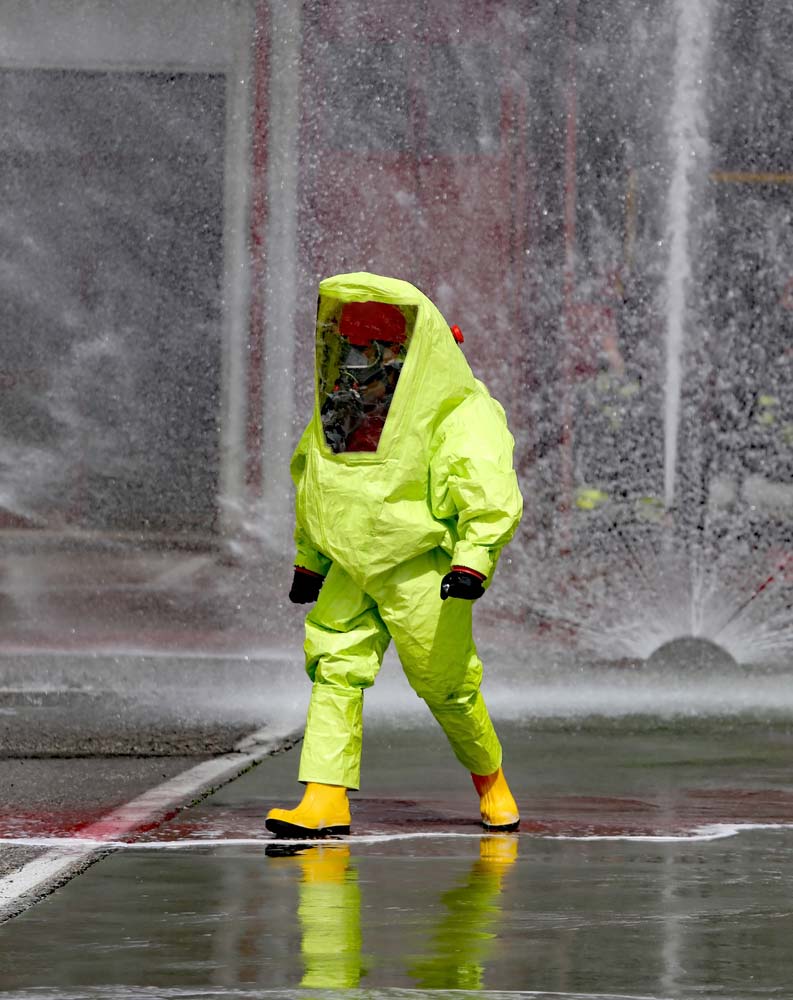


Hazwoper Personal Protective Equipment Levels For Employees


Electrical Shock And Arc Flash Ppe Overview
(b) Level C protection should be selected It includes following protection 1 Fullface mask, airpurifying r view the full answerC at night d during a full moon Weegy Due to changes in humidity, temperature, and wind speed, isolation distances will always be greater at night User When approaching an incident scene, awarenesslevel responders should remember to apply what concept?Sterile gloves should be used when the primary risk is transmission of microbes to (rather than from) a particular body site or item (eg, surgery, examination of "clean" wounds surgical incisions, handling sterile equipment)



Small Business Owner Responsibilities Include Personal Protective Equipment Employers
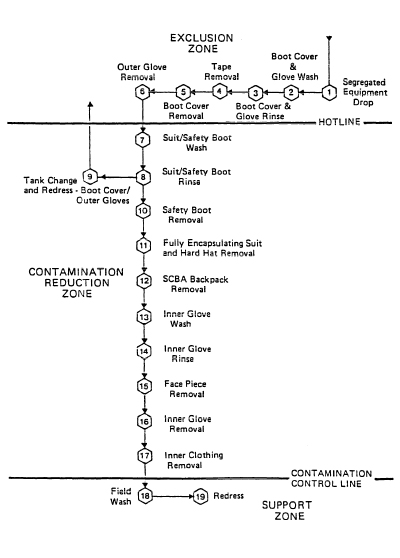


Hazardous Waste Decontamination Occupational Safety And Health Administration
Should be selected when the greatest level of skin, respiratory, and eye protection is requiredLevel C Level C protection is required when the concentration and type of airborne substances is known and the criteria for using air purifying respirators is met Typical Level C equipment includes fullface air purifying respirators;Inspect PPE Before Donning Visually inspect the PPE ensemble to be worn to ensure it is in serviceable condition, all required PPE and supplies are available, and the sizes selected are correct for the healthcare worker The trained observer should review the donning sequence with the healthcare worker before donning begins and read it aloud
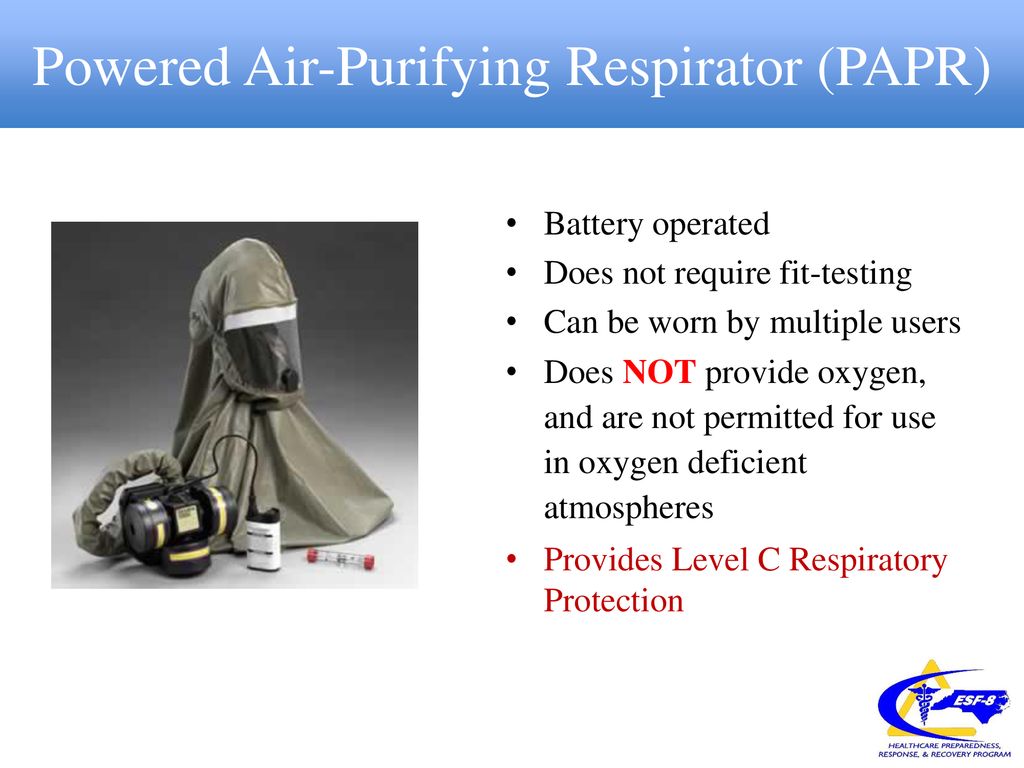


Personal Protective Equipment Ppt Download



Missouri Launches Ppe Marketplace
Personal Protective Equipment (PPE) is intended to shield individuals from chemical, physical, radiological, or biological waste site hazards OSHA regulations in 29 CFR Part 1910 require the use of PPE A combination of PPE should be used in conjunction with other protective methods Level D Selected when the atmosphere contains no knownThis will allow workers to use a lesser degree of Personal Protective Equipment When Level C is used This ensemble is used when contact with site chemical(s) will not affect the skin and when air contaminants have been identified and levels have been determined Also, the respirator canister can remove the contaminant and the site hazards have been completely characterizedThe existing Occupational Safety and Health Administration (OSHA) personal protective equipment (PPE) standards are found in 29 Code of Federal Regulations (CFR) Part 1910 Subpart I for General Industry, Part 1915 Subpart I for Maritime, Part 1917 Subpart E for Marine Terminals, Part 1918 Subpart J for Longshoring and Part 1926 Subpart E for Construction



Hazardous Materials Ppe By Paths



How To Select The Right Chemical Safety Clothing Lakeland
Safety, Health and Wellbeing Personal protective equipment guidelines Our role is to develop and assist in the implementation of the UWA safety, health and wellbeing programs in order to minimise the risk of injury, illness and property damageWhen should you use Level C PPE?Level C Level C protection must be worn when airborne contaminants are known and the criteria for using air purifying respiratory is met Level C equipment includes Additional PPE If you work in a position that poses other or additional risks it may be beneficial to use added PPE such as a face shield (if you are working near sparking



Hazmat Suits Chemsuits



How To Select The Right Chemical Safety Clothing Lakeland
Select one a CBRNE b NIMS c RAIN dA After removing PPE, it is best to perform hand hygiene with hand sanitizer when the hands are visibly soiled B It is best practice to remove all personal protective equipment in the patient's room C When removing PPE, the respirator should be removed outside the patient's room D All the statements are true 3NFPA 70E 18 now gives four categories of PPE, with each category including the minimum Arc Rating value for the required PPE Discover a brief overview of each of the 4 PPE categories, including the clothing required for each, as well as information on determining which PPE you need to use
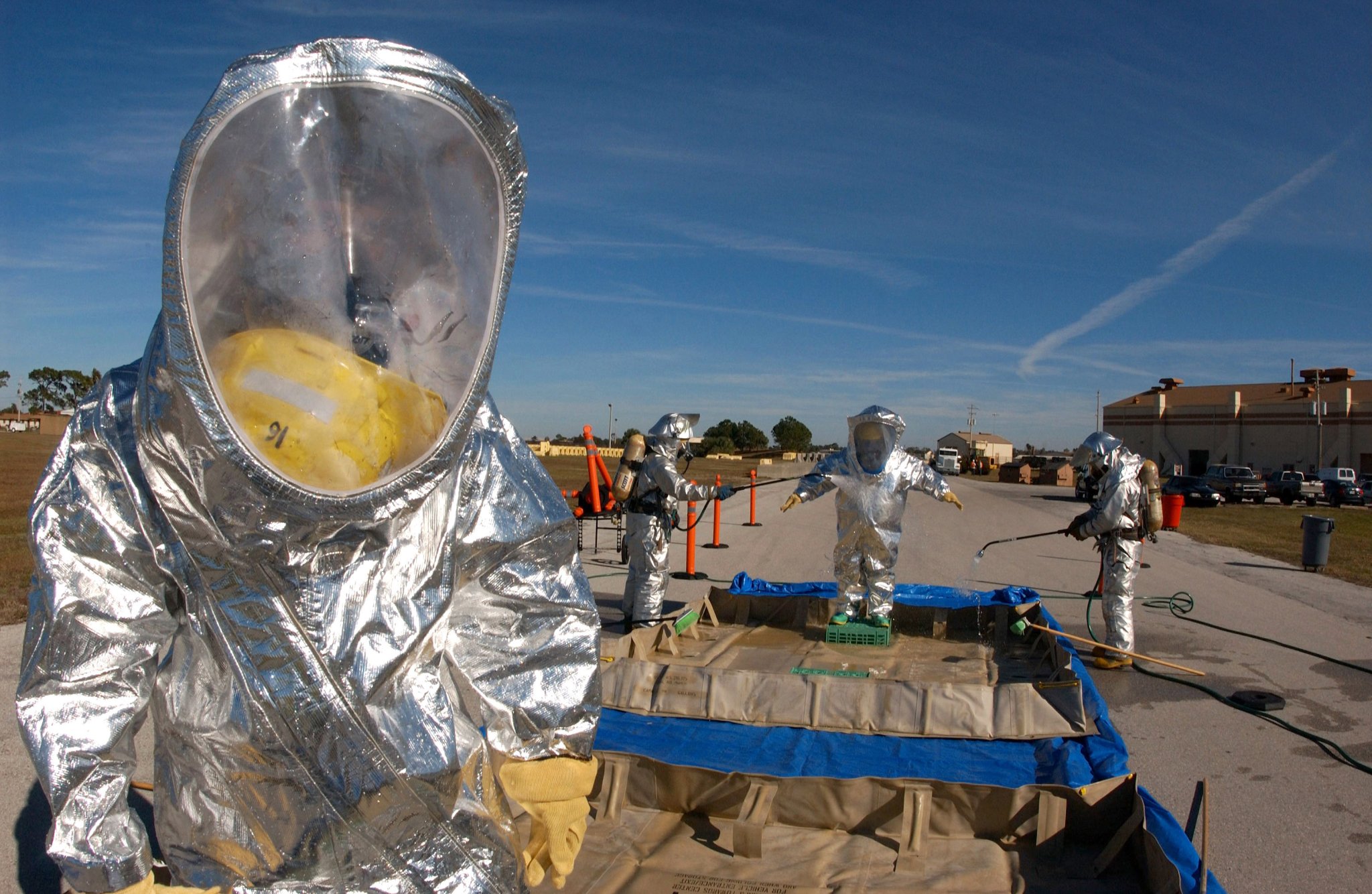


Hazmat Suit Wikipedia



V Naccho Personal Protective Equipment Ppe 06 Advanced Practice Centers For Preparedness Training Conference Ppt Download
Level C clothing is a type of personal protective equipment (PPE) that is chosen when the concentration and type of airborne substances is kown and air purifying respirators are required PPE is divided into four categories (levels A through D) based on the degree of protection they provide Level C provides the secondhighest level of protection— By contrast, Level C PPE is used where you can breathe the air provided that you have a little help Skin hazards are also less of a problem in Level C environments — At most, the chemicalprotective clothing used in Level C gives you the same degree of skin protection that Level B doesLevel C – Similar to Level B PPE but with less respiratory protection Most Level C PPEs contain a basic air respirator rather than a SCBA These suits are only used when the contaminated area is deemed safe for air purifying respirators Level D – The lowest level of protection is Level D PPE protection There's no respirator mask used



Fighting Ebola A Grand Challenge For Development How Niosh Is Helping Design Improved Personal Protective Equipment For Healthcare Workers Blogs Cdc
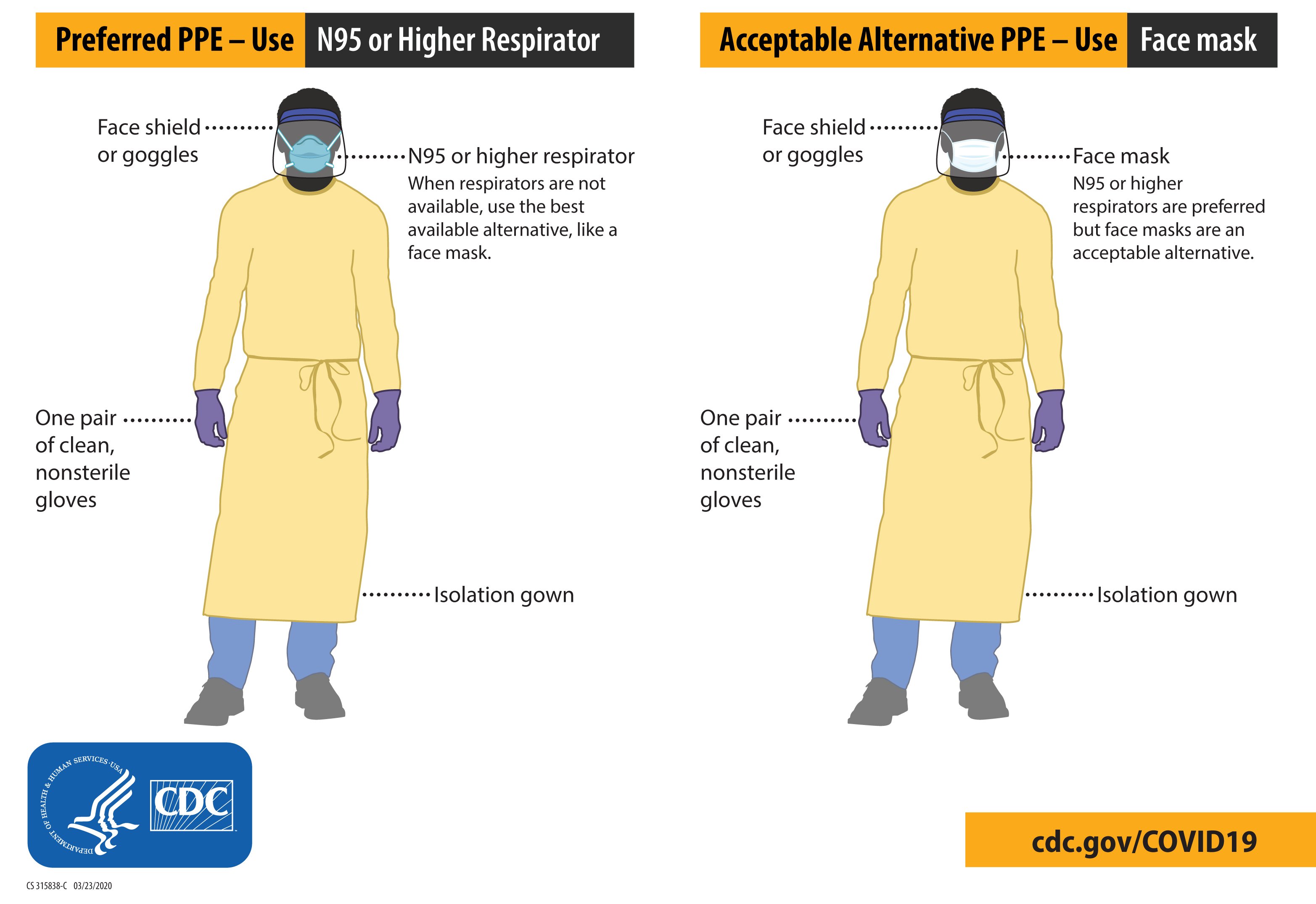


Acep Appropriate Ppe
Who Needs PPE check circle solid icon Patients with confirmed or possible SARSCoV2 infection should wear a facemask when being evaluated medically check circle solid icon Healthcare personnel should adhere to Standard and Transmissionbased Precautions when caring for patients with SARSCoV2 infection Recommended PPE is described in the Infection Control GuidancePPE is divided into four categories, A, B, C or D, based on the degree of protection Combinations of the items listed below may be more appropriate based on specific hazards, but these stand as reasonable guidelines from OSHA and can be considered a good starting point for PPE consideration Level A When an identified hazardous substance requires the highest level of protection for the skinOCCUPATIONAL SAFETY AND HEALTH IN PUBLIC HEALTH EMERGENCIES Level C protection should be selected when the type of airborne substance is known, concen tration is measured, criteria for using airpurifying respirators are met, and skin and eye expo sure is unlikely Periodic monitoring of the air must be performed
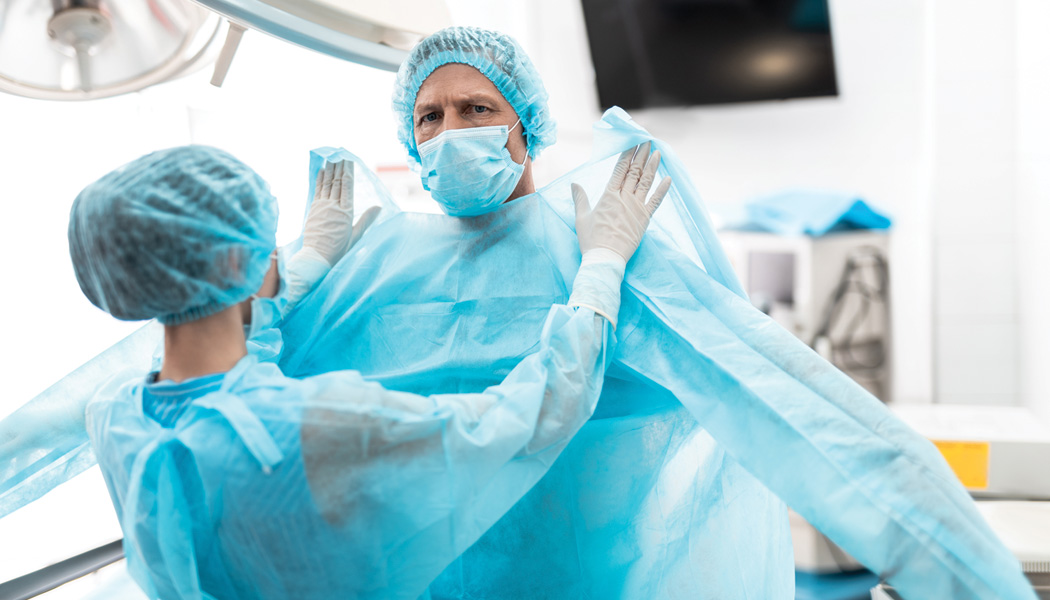


Wearable Ways To Ward Off Infection Healthcare Purchasing News
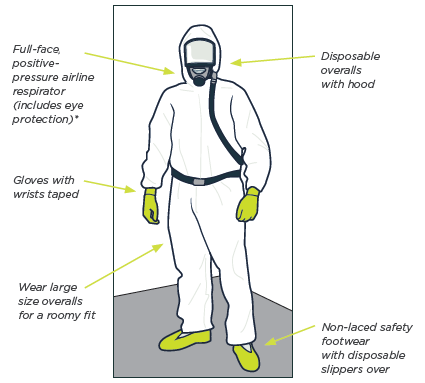


Personal Protective Equipment Ppe When Working With Asbestos Worksafe
C at night d during a full moon Weegy Due to changes in humidity, temperature, and wind speed, isolation distances will always be greater at night User When approaching an incident scene, awarenesslevel responders should remember to apply what concept?LEVEL C Level C protection should be selected when the type of airborne substance is known, concentration measured, criteria for using airpurifying respirators met, and skin and eye exposure is unlikely Periodic monitoring of the air must be performed Personal Protective Equipment Fullface or halfmask, airpurifying respirator (NIOSH approved)Remove potentially contaminated PPE in the following order outer gloves, dosimeter, tape at ankles/wrists, coveralls, head cover, respiratory protection, shoe covers, and inner gloves Removed PPE should be bagged separately from noncontaminated equipment and waste Table 1 Descriptions of PPE Levels Level A Level B Level C JSLIST Air Supply P



Personal Protective Equipment Ppe Types Safety Training


The Five W S Of Hazmat Decontamination Occupational Health Safety
Level C clothing is a type of personal protective equipment (PPE) that is chosen when the concentration and type of airborne substances is kown and air purifying respirators are required PPE is divided into four categories (levels A through D) based on the degree of protection they provide Level C provides the secondhighest level of protection



How To Select The Right Chemical Safety Clothing Lakeland
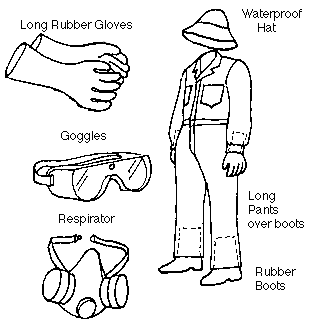


Personal Protective Equipment Pesticide Safety Education Program Montana State University



Personal Protection Equipment Ppe Safety Staying Safe At Work Draeger



Choosing The Right Ppe For Spill Response New Pig



Chemical Decontamination Ppe Level C 3m Breathe Easy Doffing Youtube
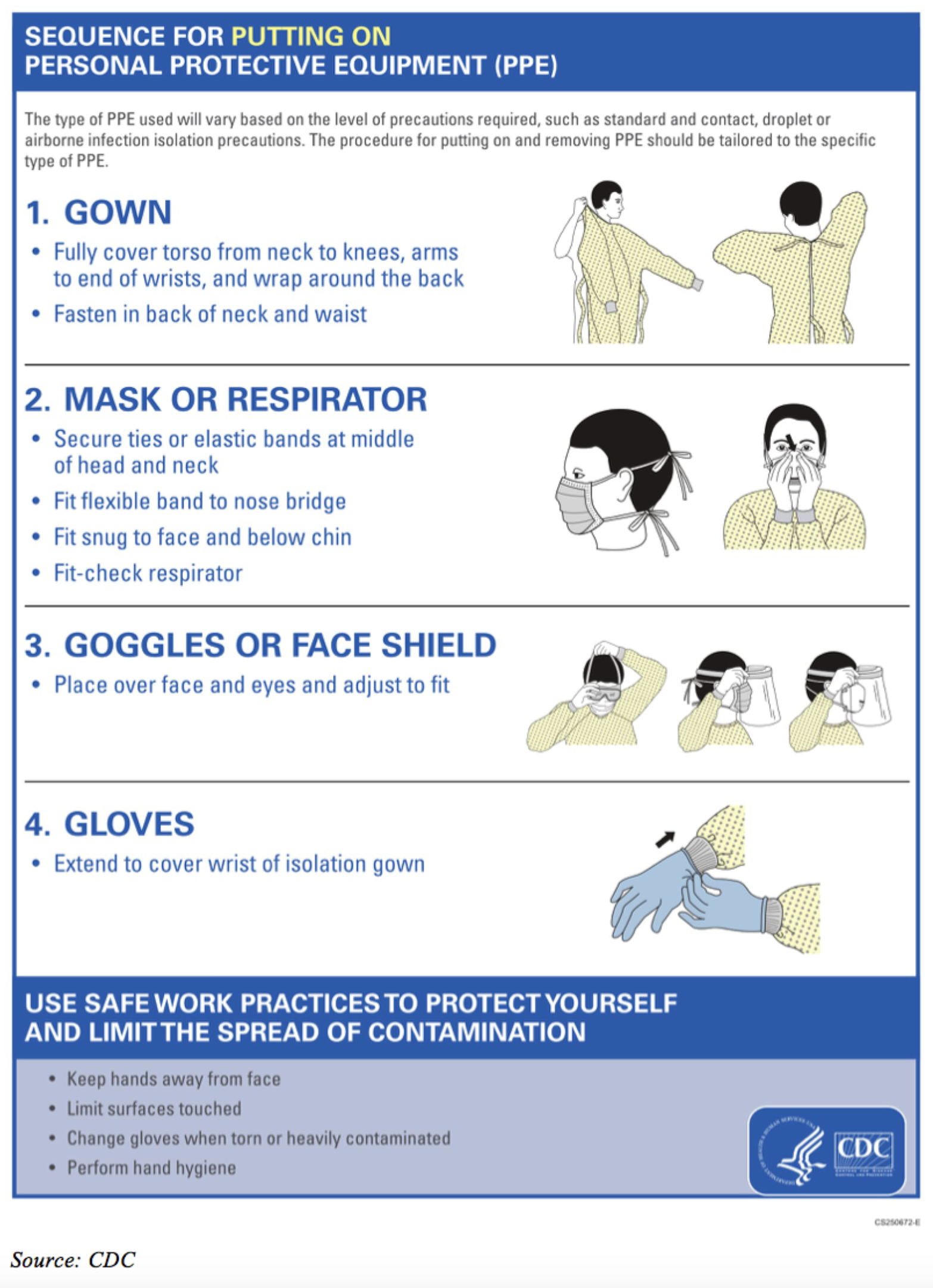


Personal Protective Equipment In The Dental Workplace Compendium Of Continuing Education In Dentistry April 17 Cdeworld



How To Select The Right Chemical Safety Clothing Lakeland
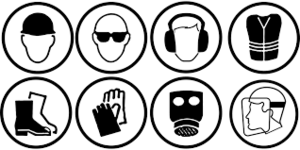


Personal Protective Equipment Ppe Physiopedia



Cdc Personal Protective Equipment Niosh Workplace Safety And Health Topic



3 Designing And Engineering Effective Ppe Preparing For An Influenza Pandemic Personal Protective Equipment For Healthcare Workers The National Academies Press



Hazardous Materials Ppe By Paths



Chemical Biological Radiological And Nuclear Personal Or Individual Download Scientific Diagram



Hazmat Suit Wikipedia



Hazardous Materials Ppe By Paths
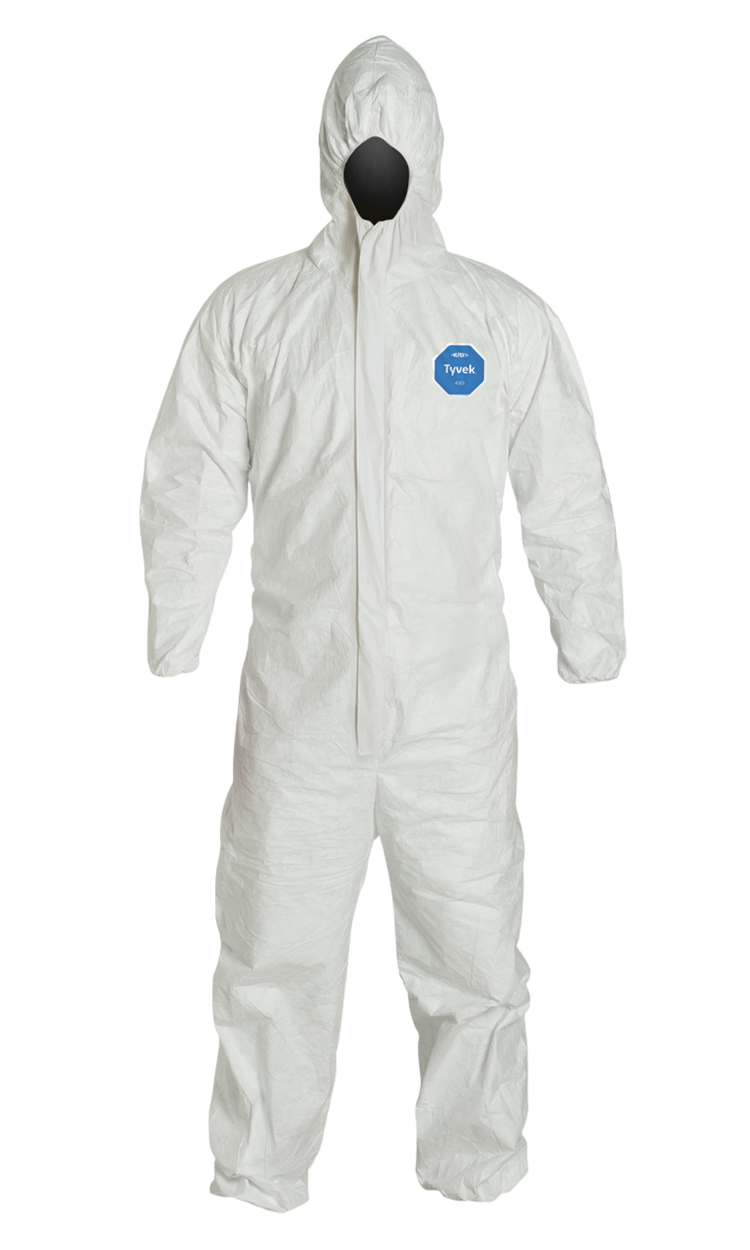


Dupont Tyvek 400
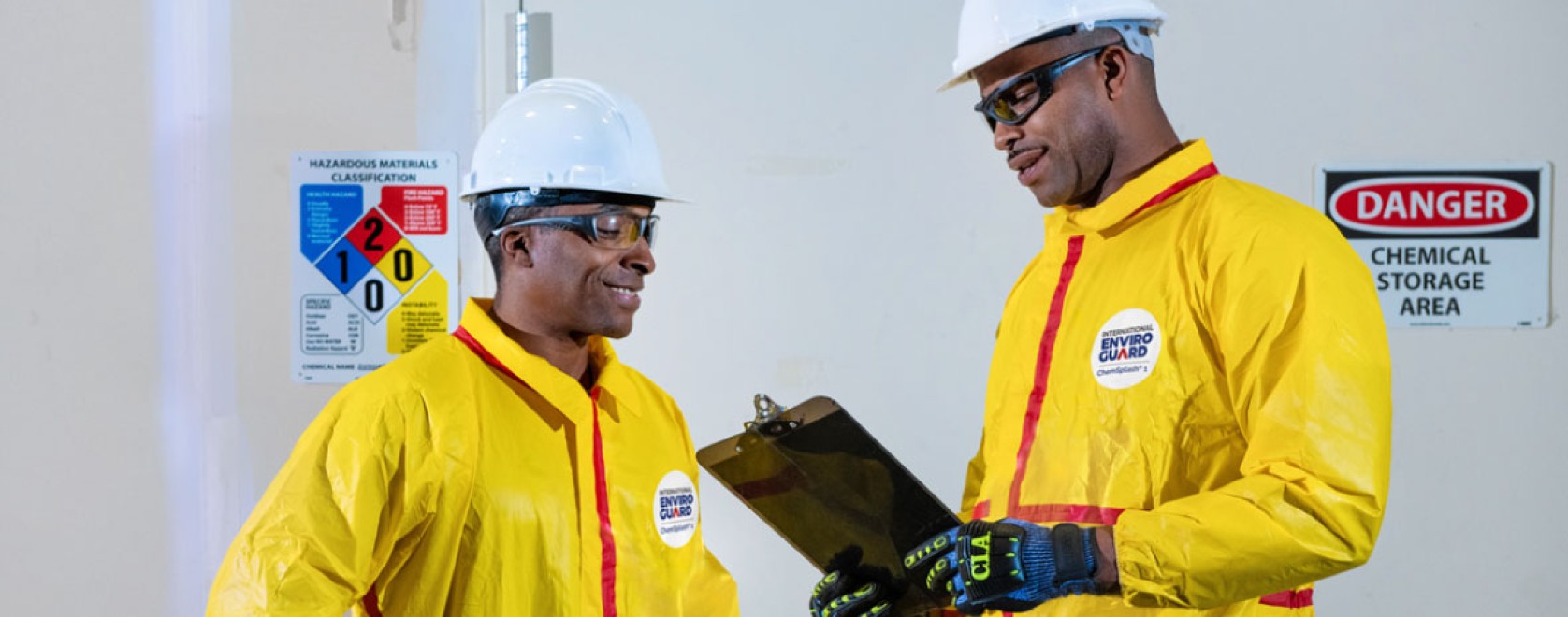


Chemical Resistant Suits 5 Things To Know Before You Buy Protective Clothing Gear



How To Select The Right Chemical Safety Clothing Lakeland
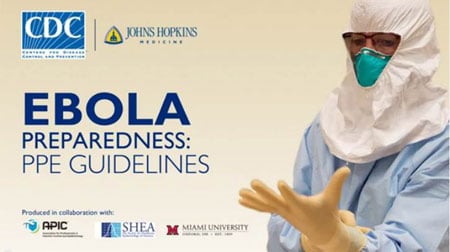


Guidance On Personal Protective Equipment Ppe Personal Protective Equipment Ppe Public Health Planners Ebola Ebola Virus Disease Cdc
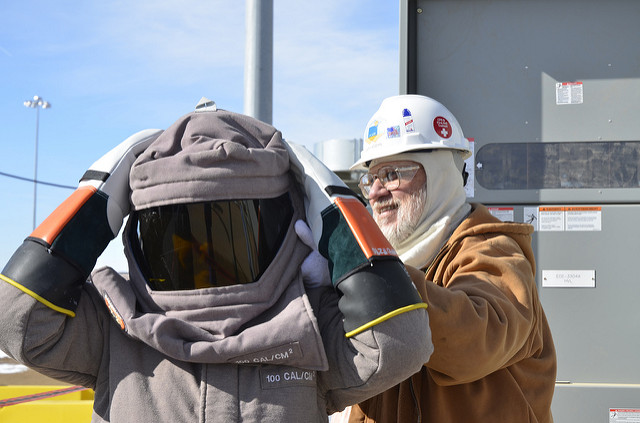


Electrical Shock And Arc Flash Ppe Overview



California Code Of Regulations Title 8 Section 3380 Personal Protective Devices



Scope Statement This Lesson Provides Responders With Information Regarding Procedures For Selection Inspection And Safe Use Of Appropriate Personal Protective Ppt Video Online Download



1 Personal Protective Equipment Ppe Overview 2 Personal Protective Equipment Is Not A Substitute For Good Engineering Administrative Controls Or Good Ppt Download
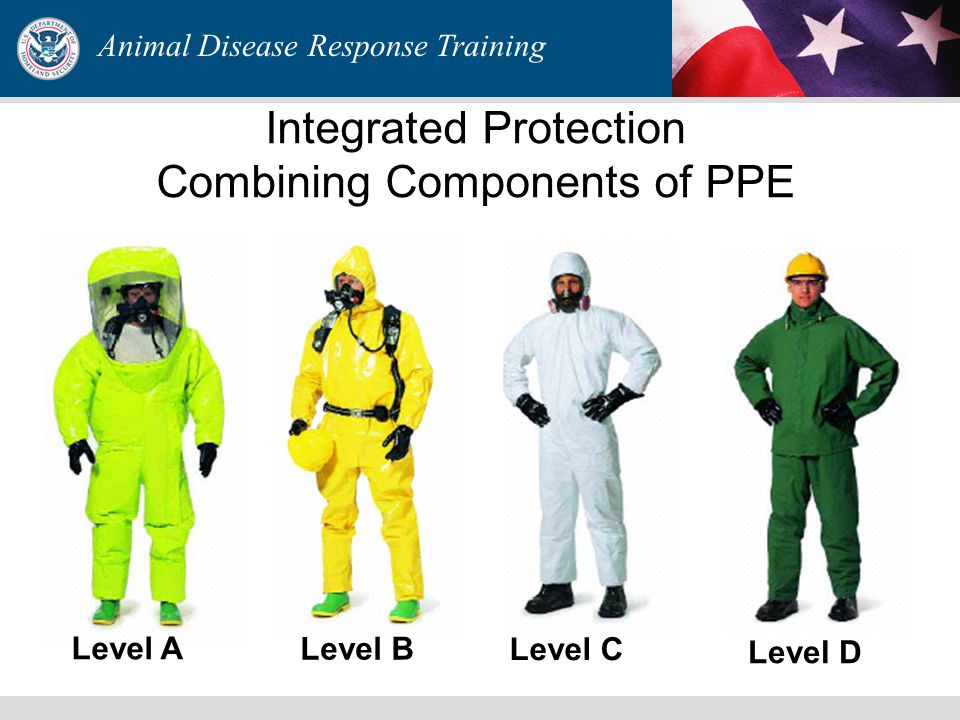


Scope Statement This Lesson Provides Responders With Information Regarding Procedures For Selection Inspection And Safe Use Of Appropriate Personal Protective Ppt Video Online Download



How To Select The Right Chemical Safety Clothing Lakeland



Hazardous Materials Ppe By Paths



Hazmat Suits Chemsuits
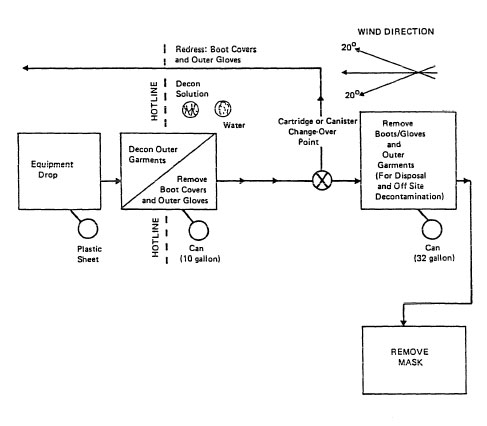


Hazardous Waste Decontamination Occupational Safety And Health Administration
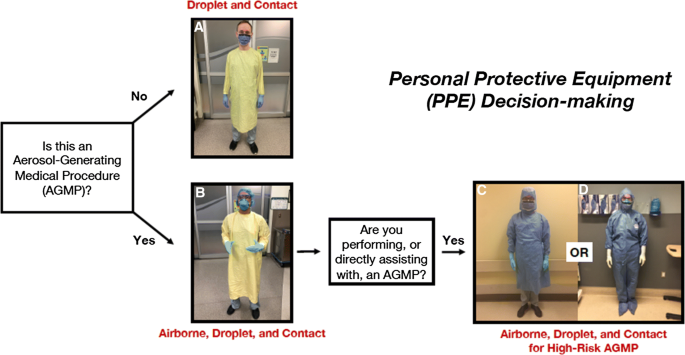


Personal Protective Equipment Ppe For Both Anesthesiologists And Other Airway Managers Principles And Practice During The Covid 19 Pandemic Springerlink



Personal Protective Equipment Ppt Download



No comments:
Post a Comment